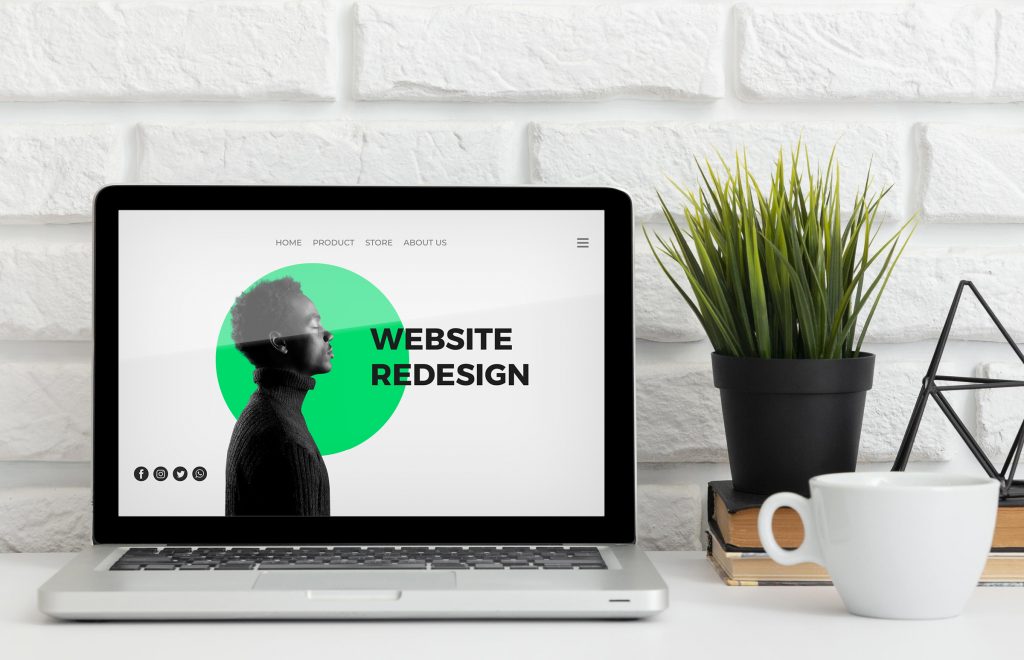A website is more like your sales team. It’s the first digital impression on your prospects. It has to be powerful and effective in order to convert them. If your website isn’t designed well enough, competitors sporting a better web design will grab your potential clients while you’ll be left wondering what went wrong. It’s the first sign for you to consider a website redesign.
So, in a nutshell, just like you would invest in your sales team to be more effective, you must invest in your website redesign to be better than your competition. And that’s not a one-time deal. You have to keep working on it. It’s a continuous process.

Obsolete design and content, poor navigation, bad user experiences, the wrong target audience, and a high bounce rate are some of the pivotal factors negatively impacting your website.
As a result, your website becomes cluttered with problems, fails to make an impact on the market and your customers, and eventually, search engine bots stop crawling your web pages -a nightmare for your business.
But fret not; Your website is just a redesign away from becoming a lead generation machine that will attract new prospects and convert them into permanent clients.
Now, the question is, how would you know when your website needs a redesign? What’s the scale of a redesign project? What aspects should be addressed before undertaking a complete redesign?

Put your reading glasses on as we’re taking you through 10 reasons why you need a website redesign and how to address each one.
1. The Website’s Bounce Rate is Too High
We all know how distressing it is to see a high bounce rate in Google Analytics. Honestly, it’s one of the worst nightmares one can have. It’s even worse when the bounce rate exceeds 90%, which basically means that your website isn’t retaining visitors even when it drives a fair amount of traffic.

(Image Source: blog.cws.net)
Many factors contribute to a higher bounce rate, such as neglecting your website for too long, failing to update it, or poor content readability.
Your website’s high bounce rate signals that it’s poorly structured, doesn’t get regular updates, and fails to entice your customers.
How to Fix a High Bounce Rate?
If you see alarming numbers in the site report on Google Analytics, it’s probably time to beef things up and start planning for a website redesign.
The good news is that you can lower your website’s bounce rate if you fix some design elements, improve readability, and optimize its overall responsiveness on mobile devices.
However, if systematic errors are causing a higher bounce rate, consider a complete website redesign. And for this, it’s better to hire a professional website design agency to ensure your website gets the design treatment it deserves to stay competitive on search engines.
2. Your Website is Difficult to Use
No matter how cool and modern your website is, it’s not worth much if your users find it difficult to use.

A variety of factors can cause poor user experiences. For example, your website’s navigation is cluttered, or users have trouble searching for products.
Another factor that makes your current website’s user experience challenging is it sells too aggressively, with too many CTA’s (calls to action) on your landing pages.
Never sell. That’s the first rule of selling. Instead, the main focus should be on addressing your target audience’s pain points while leaving the purchase decision to them.
How to Fix a Difficult to Use Website?
If users are having trouble using your website, it’s a good idea to include heatmaps and session recordings on your website. This will help you locate areas that users find difficult to navigate. Also, it’s good practice to take feedback from them to improve the overall website experience.
Once you have located such areas, revert back to the basics, keeping website design principles in mind.
3. Your Website Doesn’t Back Your Marketing Strategy
Imagine selling clothes and marketing to people who enjoy pancakes. Doesn’t make any sense, right? The same goes for a website that makes no connection with its marketing strategies.

With a new marketing strategy comes new goals. To achieve them, you must first educate your users. Since your website is your first point of contact with potential customers, it should communicate with them seamlessly to help achieve all your marketing goals.
Alternatively, if it fails to do so, your company’s marketing goals remain elusive.
How to Fix This?
Before your marketing team develops a new strategy, ensure the current website design complements it. To do so, use design style guides to modify the current website layout and redesign the media kit to support new marketing initiatives.
In some cases, a complete website redesign is required to address the company’s evolving marketing needs.
4. You Want to Rank on Search Engines and Drive More Traffic to Your Website
Your website design might be very aesthetically pleasing, but what if it doesn’t get the traffic it deserves? It could be because it isn’t optimized for search engines.
Integrating a blog section is an effective way to optimize your website for higher search engine rankings.

💡 Did You Know?
Studies reveal that websites with a blog section have 434% greater chances of ranking highly on search engines.
Blogs are an excellent way to drive organic traffic to your website from search engines. So, how does it actually work? Before you start writing, you first search and select focus keywords that are competitive and relevant to your products/services, which users are already searching for.
An excellent tool for searching and targeting keywords is Ahrefs.
So, when you write and publish content around those keywords, your website’s chances of driving traffic from search engines increase. Moreover, when you link your content to other relevant and authoritative websites, it helps search engine crawlers and your target audience understand the relevancy of your content compared to others.
How to Optimize Your Website for Search?
The best way to optimize your website for search is to use a content management system (CMS) like WordPress or Shopify. Or, if your website is already using a CMS, consider adding a blog section to optimize your content for a better reach.
You may find this interesting 5 Ways TechNerds SEO Can Help You Gain An Edge Over Your Competitors
5. Your Website Design and Content is Outdated
Being stuck with outdated design and content on your website is another reason you should consider when contemplating a website redesign. To stay competitive in the market, you need to be proactive.
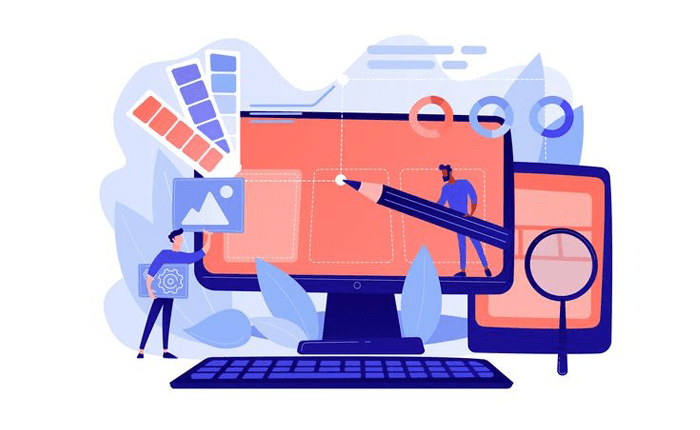
Always look for areas to redesign and improve when necessary. You can’t just rely on one design to serve the evolving landscape of your business!
How to Fix an Outdated Website?
Approaching a website redesign because it’s outdated can be tricky at times. For this to go smoothly, you better prepare a scope for the redesign process.
A website redesign process that just involves changing a few images, font sizes, and typography can be handled by an in-house designer if you have one.
However, if your website redesign requires a complete overhaul and you don’t have the in-house capacity to handle it, it’s always a good idea to take your project to experts.
6. Your Website Performs Poorly on Mobile Devices
Did you know 50.81% of worldwide web traffic now comes from mobile devices (excluding tablets)? And to your surprise, mobile traffic had already taken over desktops back in 2017! We live in a world dominated by mobile devices, so why not use them to our full advantage?
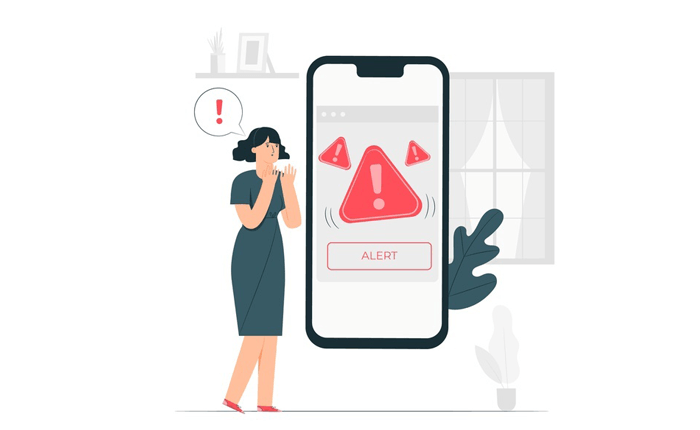
If you’re planning a website redesign, it must be mobile-friendly. Otherwise, you risk scaring away your mobile users.
How to Fix Your Website Performance on Mobile Devices?
Many websites load seamlessly on computers and laptops, but they fail miserably on mobile devices because of non-responsiveness. To make sure your website is mobile-friendly, follow the steps below:
- Use Google Search Console to locate issues related to mobile responsiveness.
- Self audit your website to find out issues and resolve them accordingly.
- Create AMP (Accelerated Mobile Pages) for a seamless mobile experience.
- Improve navigation of your website for mobile visitors.
7. Your Website Has Bugs
Undoubtedly not something you expect, but errors and bugs in your business website are commonalities everyone faces, which is why website monitoring tools are used.
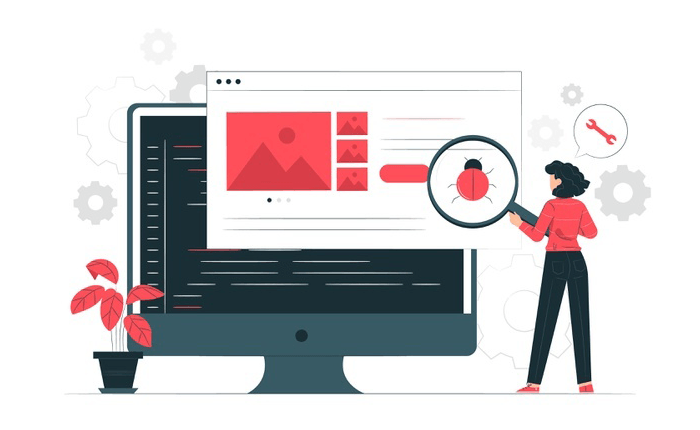
Your website may contain bugs and errors for many reasons. For example, maybe you haven’t updated a WordPress plugin, or perhaps it’s no longer supported by the content management system. Moreover, there can be broken links on your website that you may have overlooked.
Another reason is when you set up a redirect to take your website visitors to a specific landing page, but instead, it shows errors, and users get stuck in an endless loop of page redirects.
How to Fix Bugs and Errors on Your Website?
Be at ease; we’re going to give you some tips on how to fix bugs on your website. But first, you need to thoroughly audit your website, including testing every button, image, video, and any added functionality that you want to see running perfectly.
Following an audit, if you identify repeated errors that don’t allow users to get what they want, a redesign is needed to fix these and ensure they don’t happen again in the future.
8. You May Need a Website Redesign if You’re Looking to Introduce a New Product/Service
When launching a new product or service, many website owners overlook the need for a website redesign.
Apple, Microsoft, and Samsung launch many new products throughout the year and design new sections of their websites to complement those products.

Let’s say you’re in a niche where your competitors frequently redesign their websites whenever they release new products. In such cases, it’s a good idea to compete with your competitors and avoid becoming an easy target.
Moreover, a redesign is essential in keeping your website relevant to search results while addressing customers’ queries the right way.
How to Fix This?
Redesigning your website for a new product or service requires hiring a full-time resource that keeps a vigilant eye on the changing website design requirements.
So, rather than delay, be proactive in keeping your website updated and relevant to your product/service launch.
9. The Website is Not Designed for the Right Target Audience
At the time of their launch, many businesses don’t precisely know who their ideal customers are, which leads them to a guessing game. This results from not spending enough time on pre-launch marketing surveys, collecting feedback from beta testers, survey apps and neglecting buyer personas.

(Image Source: spinach.com.au)
The moment you find that your website’s design is not in line with the product/service you offer, it’s already too late. You can’t blame the designers because you inspired them to design the website.
At this moment, all you can do is redesign your website. The sooner you do it, the better.
How to Fix This?
Your old website was designed for a product that served a vast audience segment, but later, you find that your company’s key draw is different and serves an entirely different audience base.
As part of your redesign, you should eliminate excessive landing pages and update the content that promotes your new offerings.
10. Your Backend Needs a Fresh Look
Last but not least, web design is not always about how the frontend looks, but sometimes it’s about updating the backend elements of your website, helping you win your customers’ loyalty.
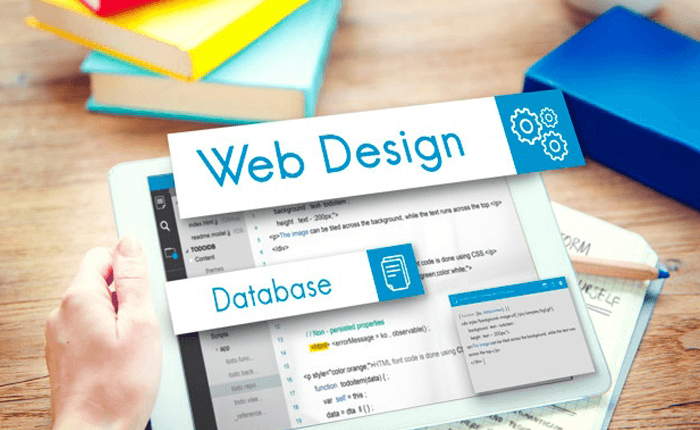
For instance, you can look at the software on your website to see if it needs an upgrade or replacement. Look for an upgrade in:
- Hosting
- Website Theme
- Plugins
- Third-Party Tools
- Page Builders
A redesign job of this nature requires you to examine your website thoroughly to determine if all the tools and software are serving their purpose. If not, it’s time for you to get rid of them and look for alternative options.
How to Fix a Website’s Backend?
You can fix these issues by talking to your staff members, and by that, we mean developers, designers, content managers, SEO experts, etc. Engage them in a meeting to discuss if the website provides a seamless experience or not. If not, ask them to do the necessary to make it work exceptionally.
Once the problems are identified, spend time on your website to find better replacements for the existing tools.
Who Should You Hire for a Website Redesign Project?
That’s a tricky question. Here, you have to consider the project’s scope, how urgently your website needs reworking, and how efficiently it can be done.
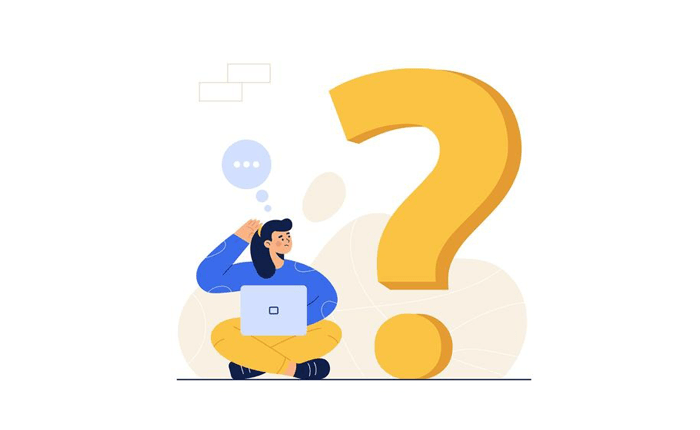
Minor design changes on your websites can be done by engaging a small team of designers within your organization; however, if the design project scope is expansive, it is better to hire a reputable agency.
TechNerds is one of the fastest-growing North-American digital marketing agencies offering top-notch web development and design services. Our portfolio of executing over 1000 successful projects demonstrates our commitment to making digital experiences better.
Check out our portfolio and see for yourself: https://technerds.com/digital-marketing-portfolio/
When Do You Actually Need a Website Redesign?
Website redesign is no cakewalk, especially when you suddenly realize the need to completely overhaul it to match the latest benchmarks.
Nevertheless, you should always look for signs when things aren’t working well on your website and can be corrected. What matters is how you proceed with the redesign project and the goals you want to achieve with it.
To help you out with your website redesign, we hope this guide helps you locate, plan, and execute your redesign project.

Already planning a website redesign? Take it to us!

